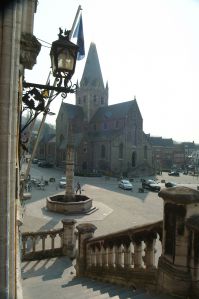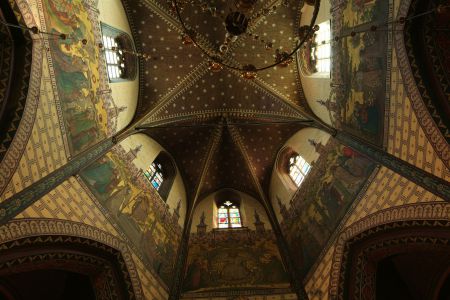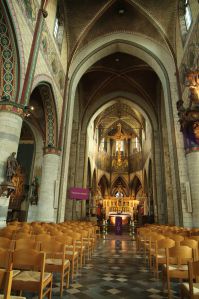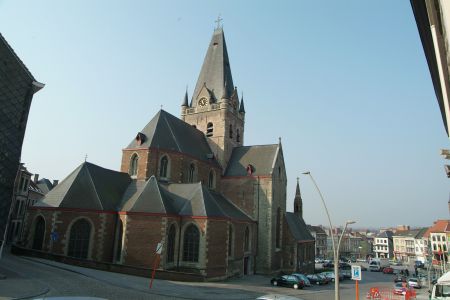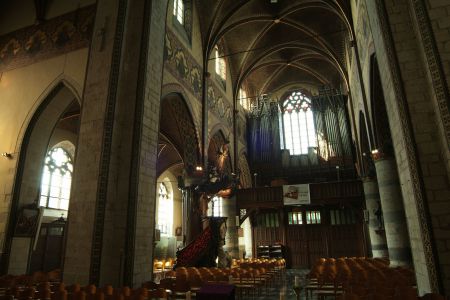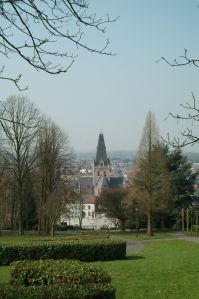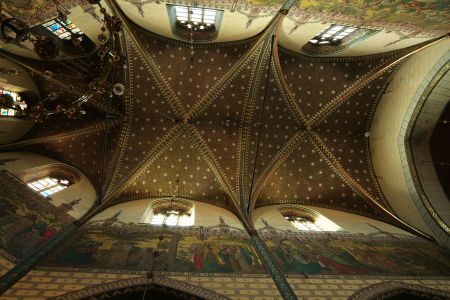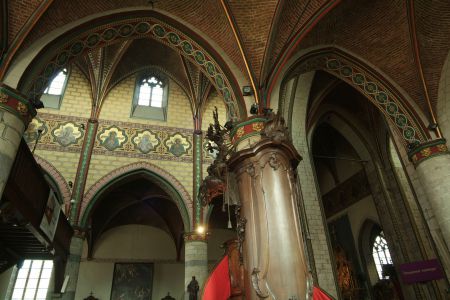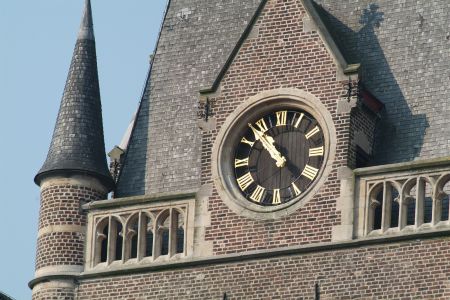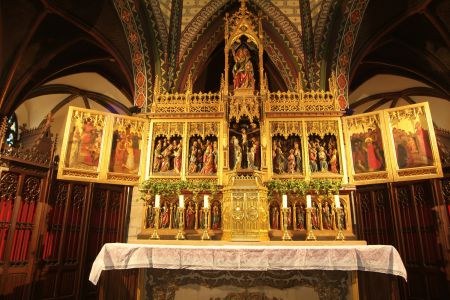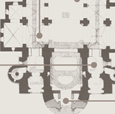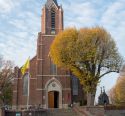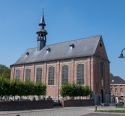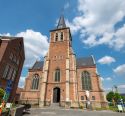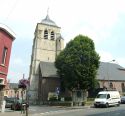Church | XIV-XIX | Neogothic | Catholic Church




Map
Opening hours
01 April - 31 October
Mon 8.30 - 18.00
Tue 8.30 - 18.00
Wed 8.30 - 18.00
Thu 8.30 - 18.00
Fri 8.30 - 18.00
Sat 8.30 - 18.00
Sun 8.30 - 18.00
01 November - 31 March
Mon 8.30 - 16.00
Tue 8.30 - 16.00
Wed 8.30 - 16.00
Thu 8.30 - 16.00
Fri 8.30 - 16.00
Sat 8.30 - 16.00
Sun 8.30 - 16.00
Guided tour
+32-54-43 72 89![]()
Religious offices
Description
Geraardsbergen is an old and curious Flemish city founded in 1068 by Baudouin, Count of Flanders. Located on the Dendre, on the language border, it is known for its festival of Krakelingenworp (the throwing of crispy brioche rolls) and for its gastronomical speciality: the ‘mattentaartje’ (a maton tart, on a base of macaroons).
The Grand-Place of Geraardsbergen has many points of attraction: the town hall and middle-class homes, a Gothic fountain, called the ‘Marbol’ (Now people who want to combine beauty and silence, should let their path take them to the church, a Neo-Gothic structure of bricks and Tournai stone with its roots in the 14th century.)
Due to the hilly nature of the surrounding area, the church was partially buried in the hill by the builders. The current configuration dates from the years 1880-1896. Under the columns and the imposing vaults, the Neo-Gothic altars, the rood screen, the confessionals, the stained glass windows, the frescos and the floor coverings reflect the desire to adorn the church in loveliness.
Louis Bert, the chairman of the parochial church council, was the creative force behind this renovation. He and his wife are represented in a stained glass window of the old chapel to Saint George, which is an integral part of the church of today.
In the deambulatory, five other chapels have been expanded. The chapel of Saint Adrian contains the only Baroque altar to have survived the later decoration of the church.
A brochure in the church gives the locations of thirty other works. A few years ago the inhabitants of Geraardsbergen devoted a book of photos to their church.
KIKIRPA : Photo-library online
Photos
Media
Remarkable elements
Organ
The organ was made in 1890 by Charles Anneessens and had 2 manuals and 28 stops. The buffet in neo-gothic stitching was designed by Louis Bert de l'Arbre from Geraardsbergen. The instrument was transformed in 1970 and extended to manuals and a pedal and 40 stops.
The pulpit
The Louis XV style pulpit was designed by the Grammontese artist Gillis de Vlle and dates back to around 1755. All the marble statues (1770) by the Bruges native Petrus Pepers (1730-1785) represent Christ handing over the keys to Saint Peter.
Pieta
Pieta in polychromed wood (15th century) with underneath a group of statues with Joseph Arimathea and the holy women kneeling around the Holy Sepulchre of Christ. The whole is made of polychrome white stone (16th century).
The painting "Torture of Saint Bartholomew".
The painting is due to Gaspar de Craeyer (Antwerp 1582 - Ghent 1669). The scene is taken from the original Baroque high altar.
High altar
The high altar was made by Remi Rooms (1861-1934) from Ghent. On the candelabra bench are 12 stone statues of apostles in a Gothic niche, with in the middle the copper-driven tabernacle. The altar is crowned with the statue of St. Bartholomew under a neo-gothic canopy.
Wall paintings
Wall paintings, at the top of the choir, nave and transept, were painted by Louis Bert de l'Arbre between 1894 and 1896. The scenes were applied to canvas and stuck to the plaster, after which the decoration was painted around them.



